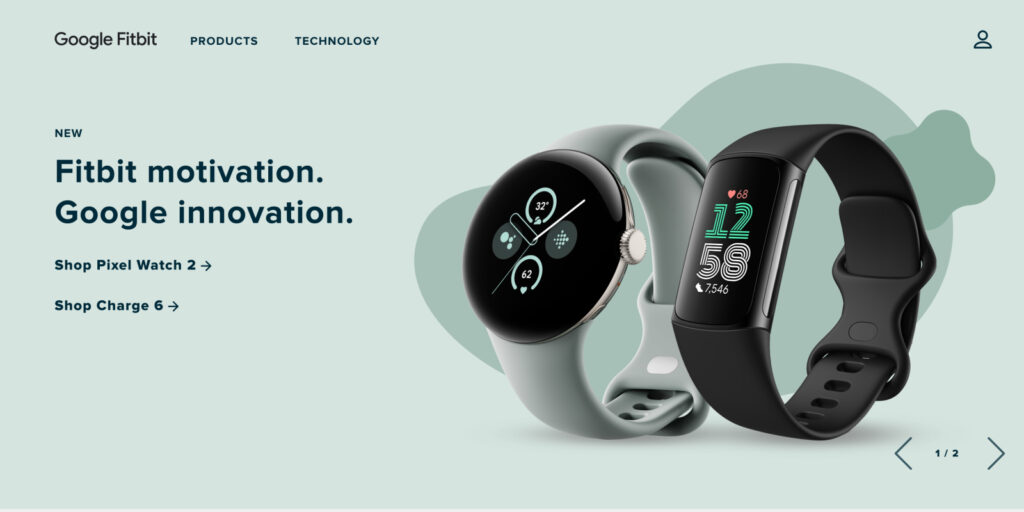- Branding shift to 'Google Fitbit' signifies deeper integration.
- Unified vision for wearable tech emerges with Google and Fitbit.
- Departure of Fitbit co-founders marks milestone in integration journey.
The well-known “Fitbit by Google” branding has given way to a more straightforward and cohesive one: “Google Fitbit.” This is a noteworthy development that suggests a deeper level of integration between the tech giants Google and Fitbit. This minor but significant adjustment is not purely aesthetic; rather, it represents a strategic alignment that goes well beyond minor tweaks.
Google Fitbit: A Unified Vision for Wearable Technology
Previously, the company’s website, marketing materials, and product packaging were all heavily branded with “Fitbit by Google”. A recent update to the website has replaced the branding with “Google Fitbit,” implying that, like Google’s other flagship products like Pixel and Nest, the iconic four-color “G” may eventually become the only symbol.
This change in branding is being accompanied by a more extensive reorganization within Google’s hardware business. The separate teams in charge of Pixel, Nest, and Fitbit have come together to form a single, cohesive team that is in charge of coordinating software, engineering, design, and user interface throughout the board for all product lines. The external branding strategy reflects a deliberate attempt towards integration, which is reflected in the internal realignment.

The Fitbit wordmark’s alteration is especially noteworthy. Previously written in lowercase, “Fitbit” now stands proudly in capital letters with Google Sans as its font, discreetly tying it in with Google’s overall visual style.
The growing selection of Fitbit accessories in the Google Store is proof that the future will be more unified. The increased prominence of items like bands and chargers on Google’s retail platform suggests a wider acceptance of Fitbit’s ecosystem.
The store has recently changed, such as renaming the “Watches” section to “Watches & Trackers,” which raises the possibility of a merger with fitbit.com and hints at a single shopping experience.
Fitbit co-founders James Park and Eric Friedman’s departure, along with that of other important figures, highlights the ongoing integration efforts. These hiring adjustments reflect Google’s determination to treat Fitbit as an essential part of its hardware ecosystem rather than just as an acquisition.
Overall, essentially, the switch to “Google Fitbit” branding represents more than just a rebranding; it’s a metaphor for Fitbit’s increasing integration into Google’s ecosystem. This change paves the way for a more cohesive and efficient approach to wearable technology for Google.

